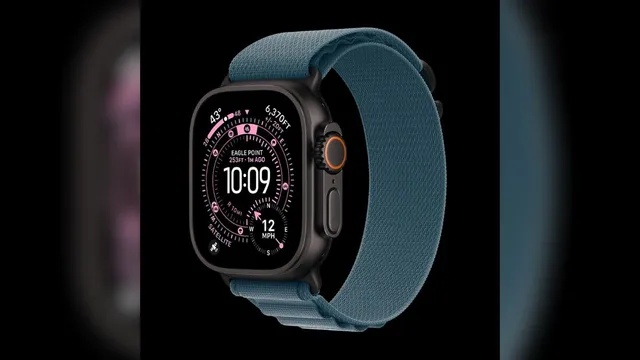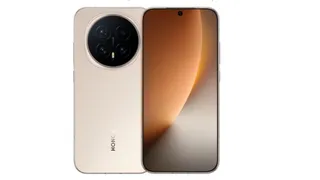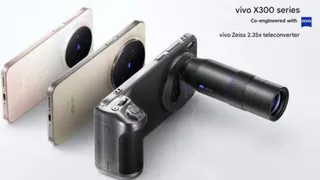- By Prateek Levi
- Thu, 20 Nov 2025 03:46 PM (IST)
- Source:JND
Apple started with a challenge most companies would have considered unrealistic. The team asked whether a technique known for rough prototypes could be reengineered to make millions of identical watch enclosures using recycled titanium. That single question became the spark for years of experimentation, refinement and measurement.
“It wasn’t just an idea—it was an idea that wanted to become a reality,” says Kate Bergeron, Apple’s vice president of Product Design. “Once we asked the question, we immediately started testing it. We had to prove, with continuous prototyping, process optimisation, and a tremendous amount of data gathering, that this technology was capable of meeting the high standard of quality we demand.”
This exploration eventually led to a major shift. Apple Watch Ultra 3 and the titanium Apple Watch Series 11 now use 100 per cent recycled aerospace-grade titanium powder in their 3D-printed cases. Apple’s teams had to ensure Ultra 3 kept its durability and lightness, while Series 11 retained its mirror finish, all without compromising sustainability or material quality.
Recommended For You
“At Apple, every team holds environment as a core value,” says Sarah Chandler, Apple’s vice president of Environment and Supply Chain Innovation. “We knew 3D-printing was a technology with so much potential for material efficiency, which is critical for getting to Apple 2030.”
A Manufacturing Breakthrough Built Layer By Layer
Apple 2030 provides the broader direction, pushing the company to reach carbon neutrality across manufacturing, products and operations. All Apple Watch production already runs on renewable energy. The transition from subtractive machining to additive production allows Apple to build cases close to their final form, drastically reducing waste.
“A 50 percent drop is a massive achievement — you’re getting two watches out of the same amount of material used for one,” Chandler explains. Apple expects to save more than 400 metric tonnes of titanium this year because of the change.
“We’ve watched this technology mature for a long time and seen its prototypes become more representative of our designs,” says Dr J Manjunathaiah, Apple’s senior director of Manufacturing Design for Apple Watch and Vision. “Using less material to make our products has always been the intention. Previously, we hadn’t been able to make cosmetic parts at scale with 3D printing. So we started to experiment with 3D-printing metal to make cosmetic parts.”
How Apple Conquered Titanium Powder
The science behind the process required intense precision. Printers build over 900 layers, but the material itself had to be reengineered before printing could even begin. “This was cutting-edge materials science,” says Bergeron. “The powder had to be 50 microns in diameter, which is like very fine sand,” Manjunathaiah explains.
“When you hit it with a laser, it behaves differently if it has oxygen versus not. So we had to figure out how to keep the oxygen content low.” Bergeron adds, “Dialling in that thickness so that each layer is exactly 60 microns means very finely squeegeeing this powder. We have to go as fast as we possibly can to make this scalable, while going as slow as we possibly can to be precise. This allowed us to be efficient while still hitting the goals of the design.”
Once printing finishes, the cases go through powder removal, dimensional checks and structural verification. “The mechanical engineers have to be the most skilled puzzle solvers in the entire world,” Bergeron says.
New Possibilities Across Apple’s Hardware
3D printing also let Apple create internal textures that forging could never reach, improving bonding for cellular antenna housings. The company had spent years building toward this moment, using small-scale tests to refine every variable. “We always try to take those incremental steps to allow us to take the next step,” says Bergeron. With the process finally proven, Apple scaled the breakthrough beyond watches. The new iPhone Air’s USB-C port enclosure is 3D printed using the same recycled titanium powder.
“We’re extraordinarily committed to systems change,” says Chandler. “We’re never doing something just to do it once—we’re doing it so it becomes the way the whole system then works.”
ALSO READ: Gmail Undo Send Feature Helps You Stop Emails After They Go Out
Apple’s 3D printing shift is more than a materials story. It is a sign of how design, sustainability and advanced manufacturing are beginning to converge in ways that will shape the company’s future hardware for years to come.





